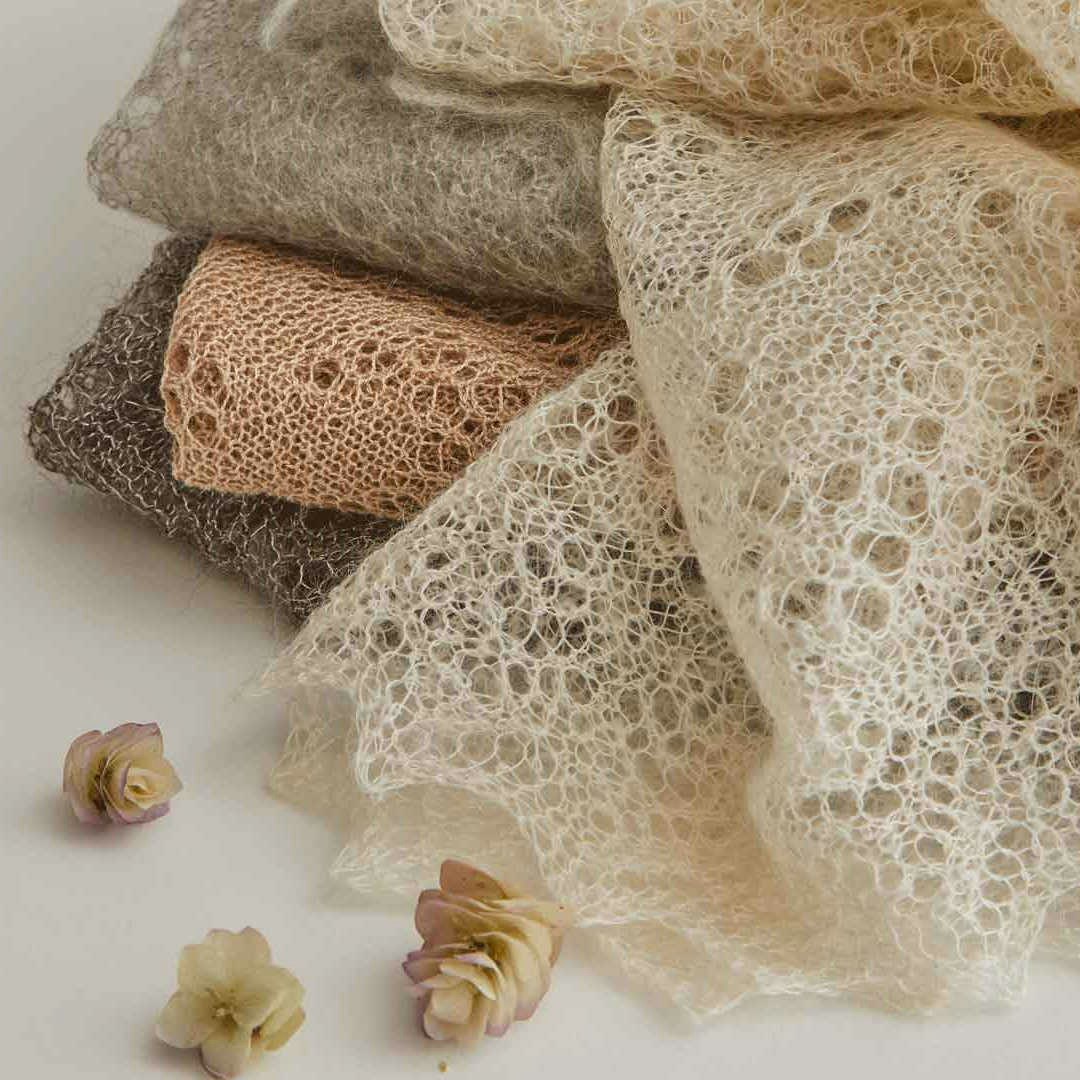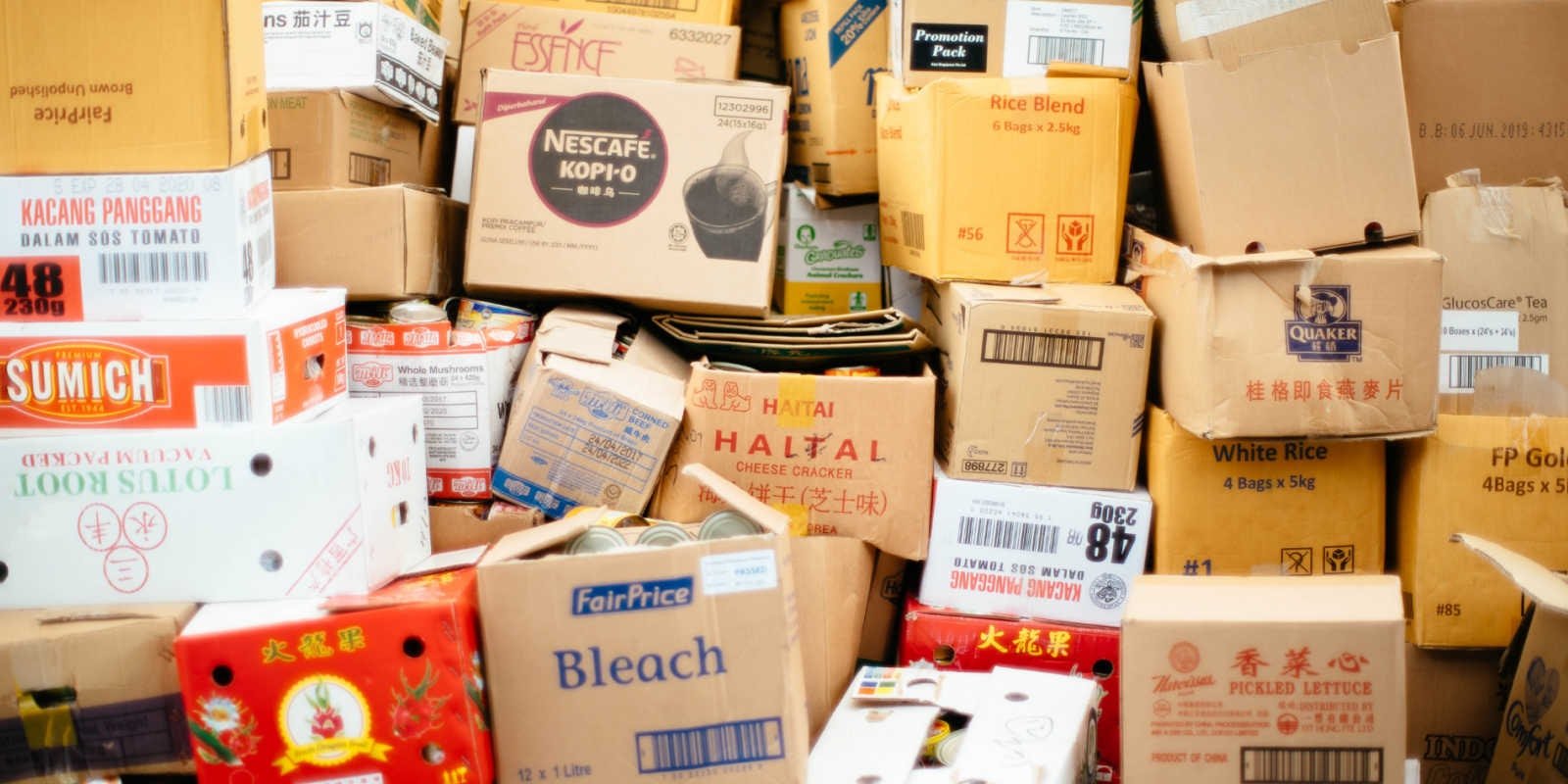Now that I’ve gone over many ways to safely display (most) textiles, I want to talk a little bit about safe storage. Keeping your textiles on a shelf away from light and potential water damage isn’t enough when it comes to delicate antique or heirloom cloth. Sometimes improperly storing cloth can cause as much damage as improperly displaying it.
Roll, Don’t Fold
The biggest mistake made with many heirloom/antique textiles—especially those brought out infrequently, such as extra-special table linens—is folding them before storing them. Any time you fold a piece of cloth, you’re creating places of weakness at the folds and especially at the corners. For modern pieces of cloth or those used regularly, folding isn’t a big deal, but for fabrics that are already brittle or that will be in storage long-term, folding causes damage to the cloth. Anyone who frequently haunts antique stores, estate sales, and flea markets is familiar with this damage: areas of the cloth where the folds are so ingrained in the fabric that there’s no easy way to get them out without damaging the cloth, and sometimes these folds have so weakened the cloth that simply unfolding it can cause rips and tears.

Folding contemporary textiles such as these shawls from the Fall 2019 issue of PieceWork is perfectly safe—if these were antique heirlooms, it would be safer to roll them with archival tissue paper or muslin. Shawls were knit by Kim Wilson and Valentina Fedorova based on Olga Fedorova’s classic pattern. Photo by Matt Graves
Fortunately, folding damage can easily be prevented simply by storing small textiles flat and gently rolling large pieces of fabric for storage. (As an added benefit, for fancy linens you pull out once a year, rolling makes for fewer wrinkles to iron out.) Of course, while it’s easy to say “roll all fabrics, always!” I realize this isn’t feasible for most folks when it comes to large textiles such as quilts or tablecloths. For those, try to do the best you can to fold them as little as possible and pad them at the folds—especially at the corners.
There are some notable exceptions to this rule. Tapestries and rugs should always be rolled, never folded (even with padding), and painted textiles should not be folded OR rolled as that can cause the paint to flake. Garments should ideally be stored flat. If, due to storage limitations, they must be folded, pad areas that might easily wrinkle (sleeves, for example) and fold along seamlines. If garments must be hung, use a well-padded hanger and take care to give the garments plenty of room in the closet so they don’t get squished. Any wrinkle can potentially become a weak point.
Materials Matter
Cardboard is horrible for fabric because it off-gasses terribly and is highly acidic, so never use it to store precious textiles. In a perfect world, everyone would use archival boxes to store delicate textiles, but these boxes can get expensive. For most people, I only recommend using those boxes for extra-extra precious textiles. I use plastic tubs with lids for most of my heirloom textiles, taking care to air them out regularly and to always have a buffer material between my textiles and the plastic itself. For rugs or tapestries, I keep them covered in undyed, 100 percent cotton I buy by the yard at my local fabric store.
A helpful archival material to invest in is acid-free, archival tissue paper, which is available as “buffered” and “unbuffered.” Buffered tissue paper has special additives to help counteract any acids that might be released from the fabric. This type of tissue is best for plant-based fibers. Unbuffered tissue paper hasn’t been treated in this way and is best for protein-based fabrics. If a fabric is a mix of plant and protein, or if you’re uncertain about the fibers or dyes used, always choose unbuffered.
This tissue paper can be used when rolling textiles: layer the flat textile with acid free tissue and then roll it so the fabric does not touch itself. It can also be used to wrap or cover textiles after rolling/folding/storing flat to prevent multiple textiles in the same box from coming in contact with one another. I recommend replacing the tissue paper after a period of time because it can lose its acid-free properties. How often you replace depends on what sort of box you’re using for storage—if you’re ordering from a business that specializes in archival goods, they should be able to advise you.
Another, even less costly option is to use undyed, 100 percent cotton fabric such as an inexpensive muslin. This can be used to pad textiles to prevent wrinkles/creases, as a layer when folding/rolling, to wrap textiles when placing them in storage boxes or tubs, or to wrap rolled fabrics too large for storage containers.
I could go on, but I’ll leave for now and next time focus on cleaning textiles for storage and the dos and don’ts of where to store your textiles.
—Christina
Resources
Christina Garton is a former museum professional and the current Associate Editor of Handwoven magazine. Read more of Christina's tips for safely displaying and storing textiles at pieceworkmagazine.com/author/christine-garton.

